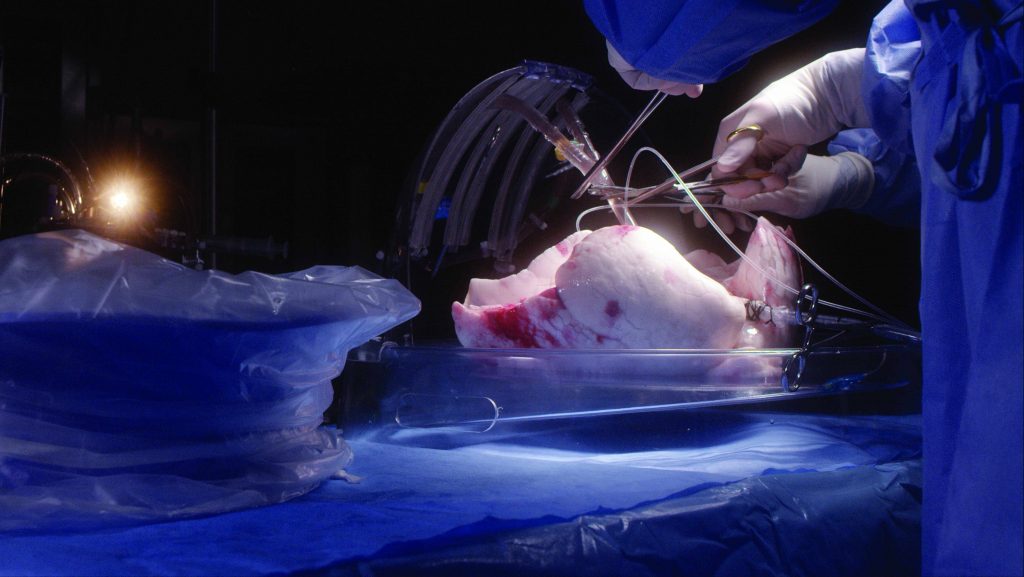-
Science Saturday: Research breathes new air into donor lungs
Four hundred: That’s the number of U.S. patients who die each year awaiting a lung transplant, or are removed from the wait list when they become too ill. Now, cutting-edge research underway on Mayo Clinic’s Florida campus aims to save as many of those lives as possible. “We’re hoping to wipe out the wait list and get that number as close to zero as possible,” says Mayo pulmonologist David Erasmus, M.B., Ch.B., M.D.

“Lungs are very delicate,” Mayo pulmonologist Jorge Mallea, M.D., says of the shortage. “Of all available organ donors, only about one in five can donate their lungs, which suffer greatly from the effects of brain death.” Additionally, he explains, it can be difficult for a medical team to predict whether a particular set of donor lungs can be successfully transplanted. “The goal of our research is to address these challenges. In doing so, we can increase the number of lungs available for donation,” he says.
At the center of this research is a recently developed technique called ex vivo lung perfusion. In this approach, a lung is removed from its donor, isolated, and placed in a specialized chamber where it is resuscitated and supported, making otherwise marginal donor lungs suitable for transplant. The process also allows experts to better predict whether donor lungs will be successful in transplant.
Read the rest of the article on the Advancing the Science blog.
______________________________________________
Other Mayo Clinic medical research websites:
- Research at Mayo Clinic
- Discovery’s Edge
- Advancing the Science
- Forefront
- Mayo Clinic Center for Individualized Medicine
- Center for Regenerative Medicine
- Center for the Science of Health Care Delivery







